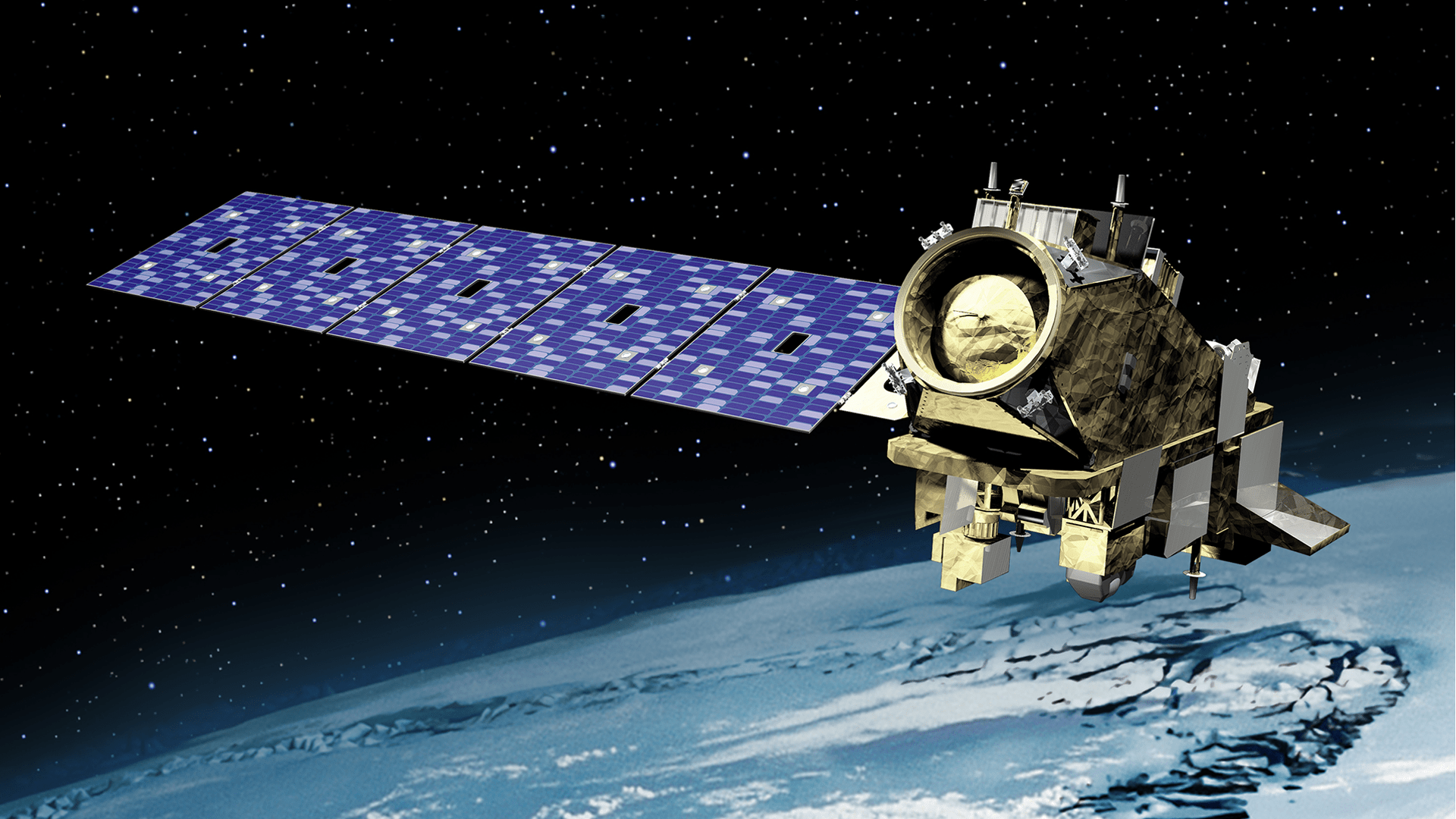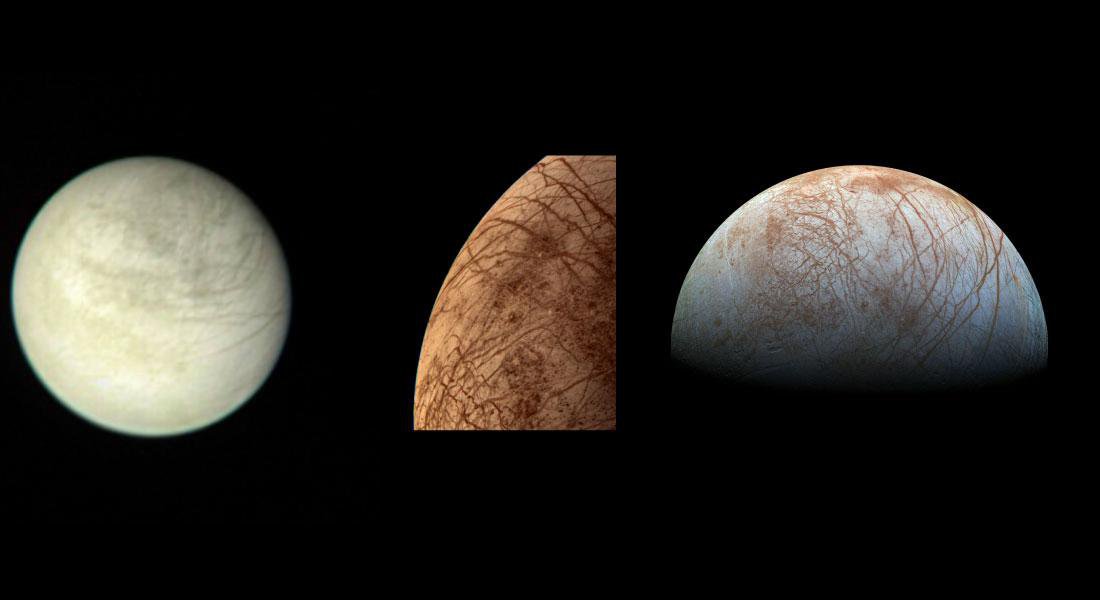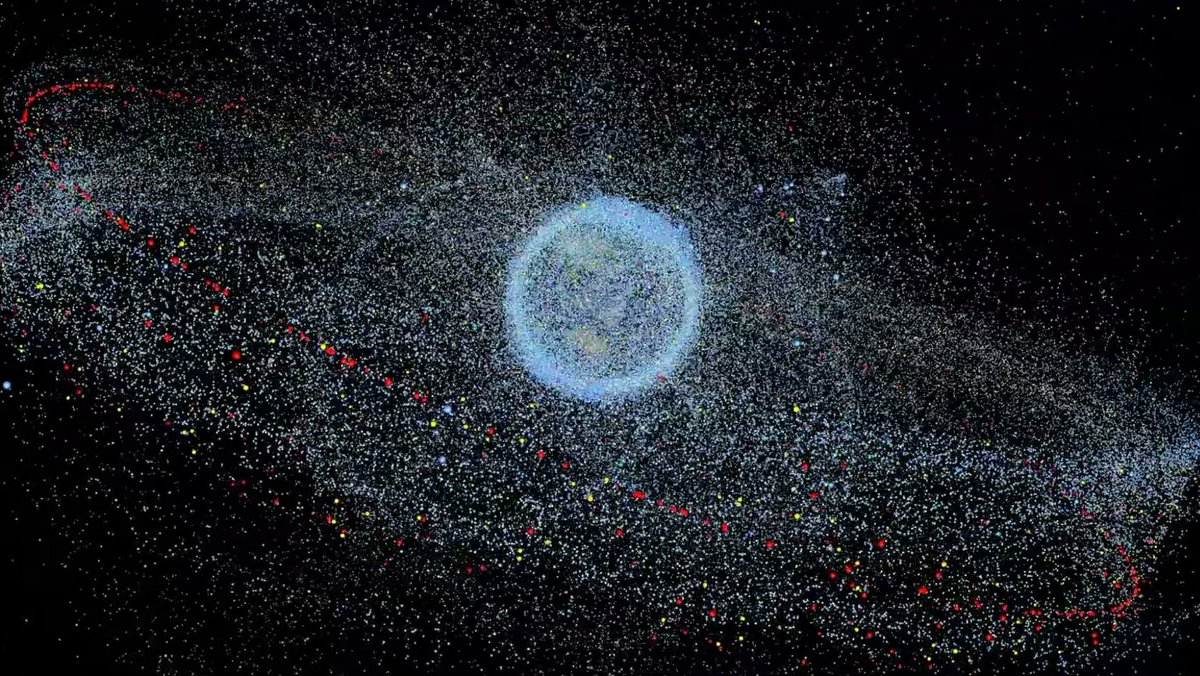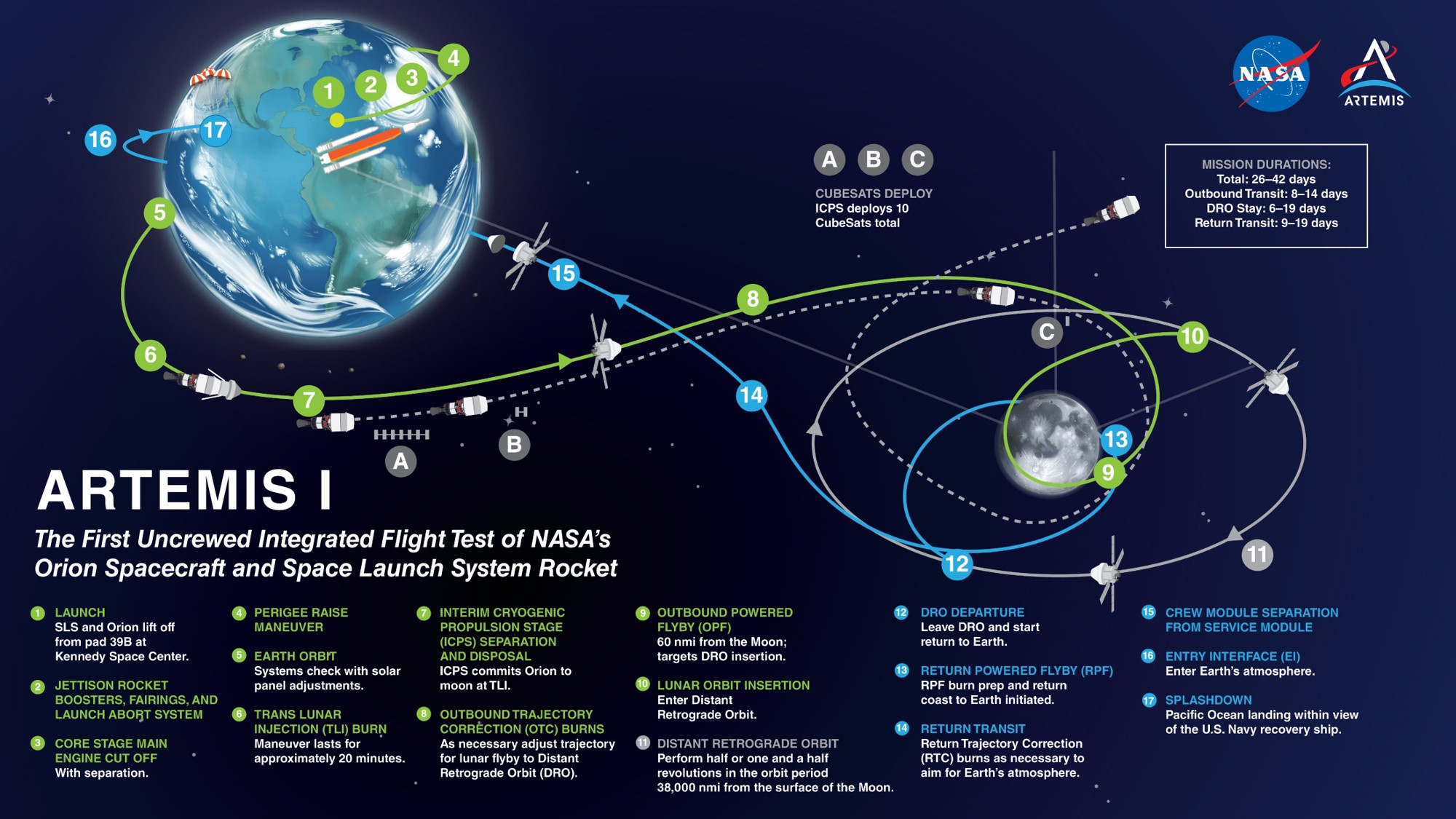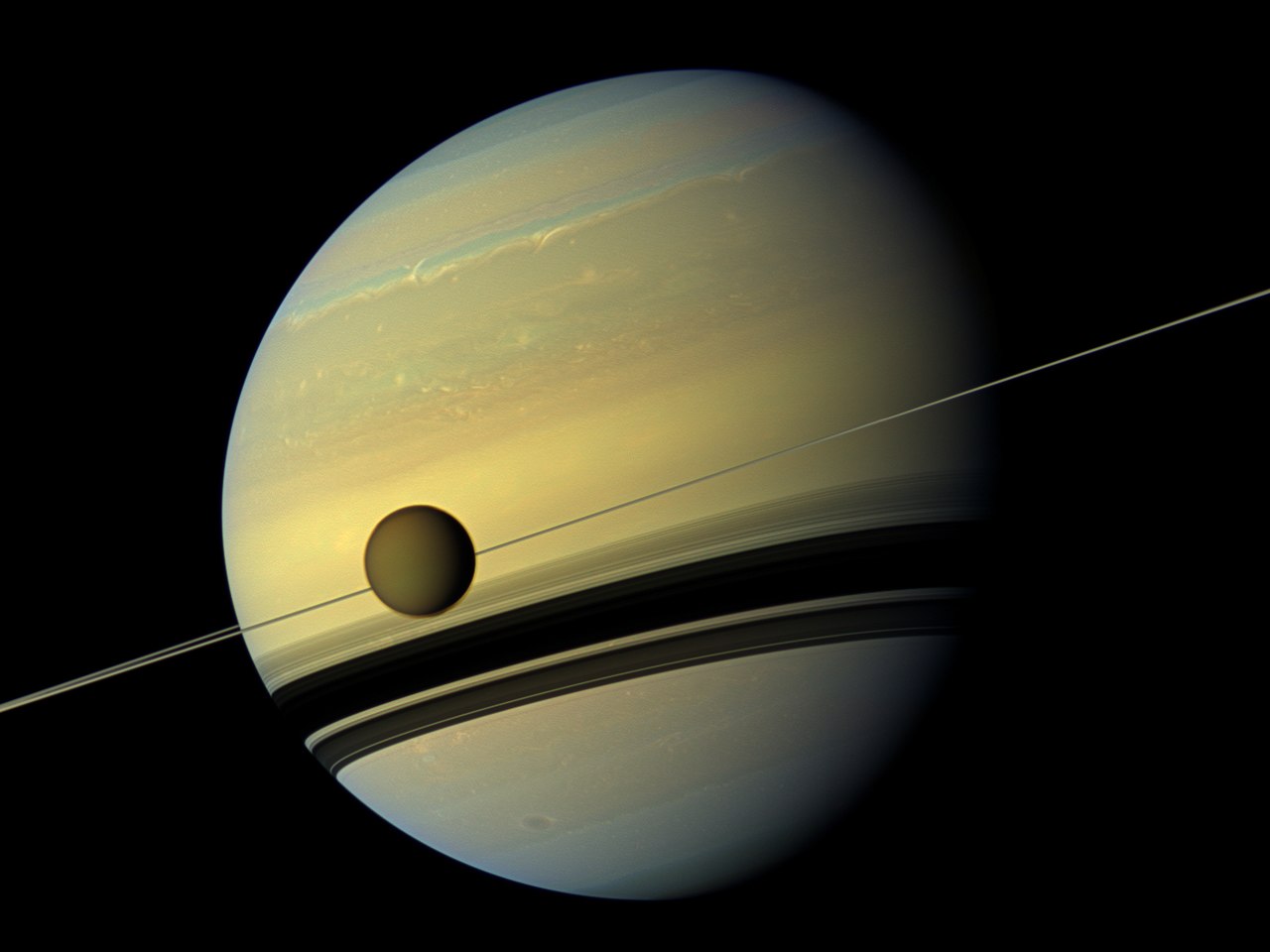The tantalizing possibility that life exists in the clouds of Venus is once again causing a stir amongst planetary scientists this week. Researchers out of the Massachusetts Institute of Technology, Cardiff University, and the University of Cambridge have proposed that some longstanding ‘anomalies’ in the composition of Venus’ atmosphere might be explained by the presence of ammonia. But ammonia itself would be a strange compound to discover there, unless some unknown process – such as biological life – was actively producing it. Perhaps more intriguingly, ammonia can remove the acidity from Venus’ hostile cloud-tops, suggesting that an airborne, ammonia-producing microbe might have evolved the ability to turn its hostile surroundings into something habitable.
Continue reading “Life Could Make Habitable Pockets in Venus’ Atmosphere”Life Could Make Habitable Pockets in Venus’ Atmosphere


